
CAPRI, Italy
10.4 km²; Peak season→ April - September
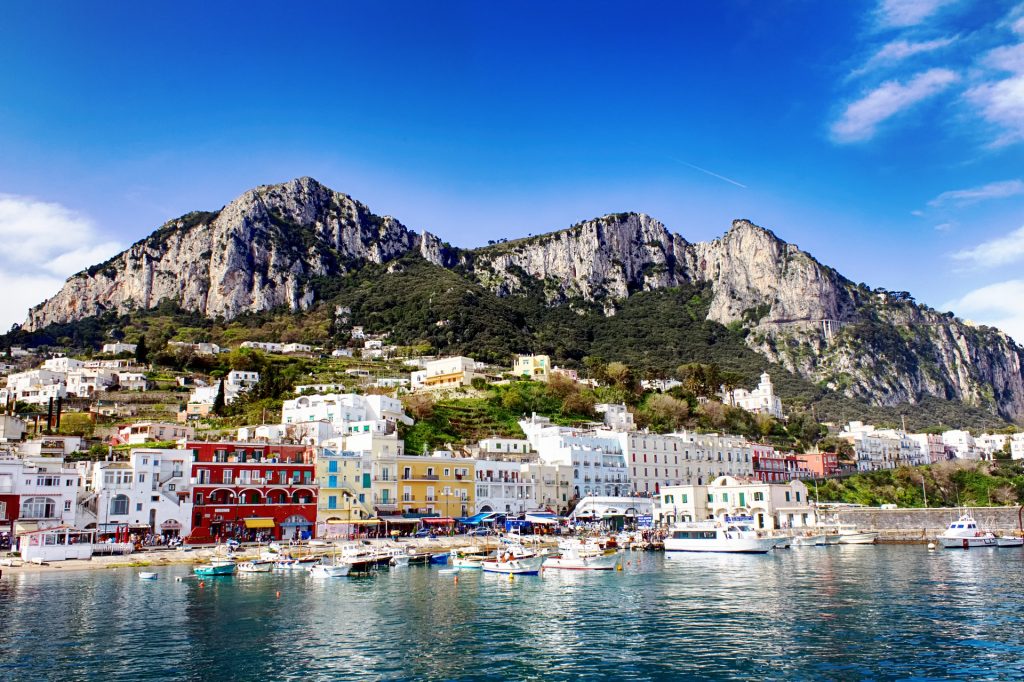
In the Tyrrhenian Sea off the Sorrento Peninsula, the south Island of the Gulf of Naples
Glamorous spot for holidays/honeymoon
20 km off the Amalfi Coast
2 beaches – Marina Grande and Marina Piccola
Anacapri- highest town
Extraordinary optical effect of the Blue grotto – a glowing sea cave
Spectacular views from Monte Solaro
Wild hiking trails -the Pizzolungo, the Little Forts in Anacapri, 921 Phoenician stone steps
Delicious cuisine – Pizza, Chocolate cake, salads, ravioli capresi
World-class shopping
Caesar Augustus discovered it in 29 BC
Port of Marina Grande
Boat to Bagni Tiberio – swimming while looking at some Roman ruins
Faraglioni-massive rock formation
Languages: Italian (fluent), English (basics)
Good to visit :April – mid-June,September – mid-October
HYDRA, Greece
64.4 km²; Peak Season→July - August
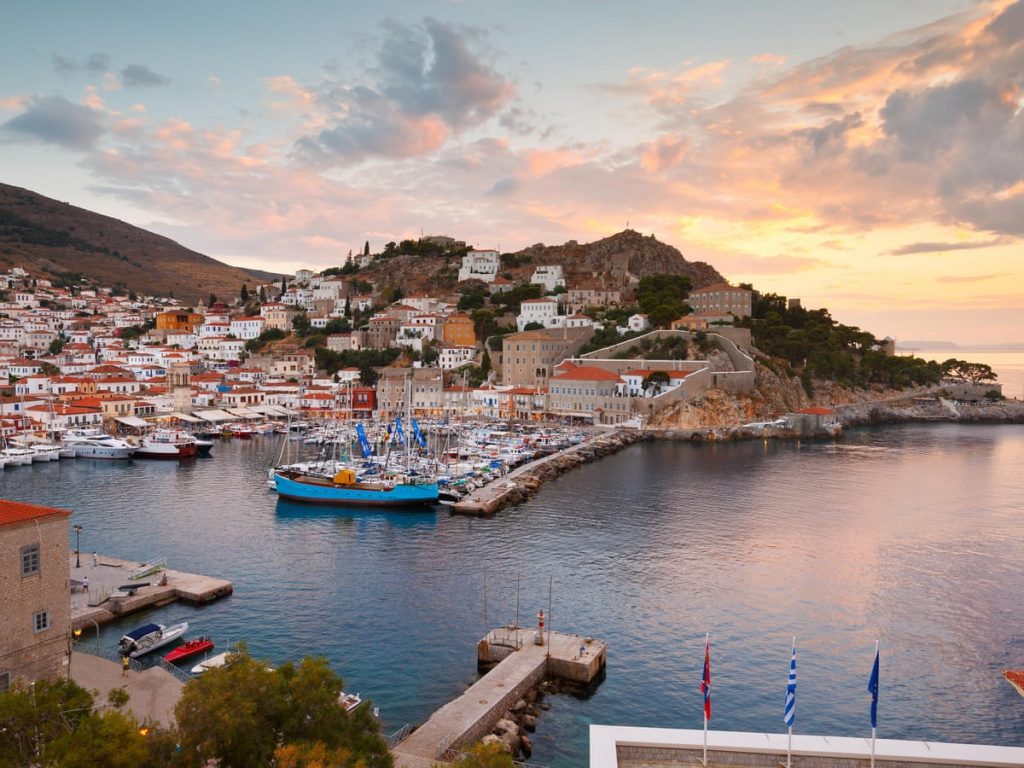
In the Aegean Sea, between the Myrtoan Sea and the Argolic Gulf
Belong to Saronic Islands of Greece
One of the most beautiful Islands in Greece
Preserved stone architecture
Clear deep waters
2 hours way from Athens by a ferry
No cars. No scooters
Criss-crossing rural paths
Mules and donkeys as a unique and earthy transport
Home of the Kamini Yacht Club
Languages: Greek (fluent) ,English /German/ French /Italian (basics)
Good to visit: April
SANTORINI, Greece
76.19 km²; Peak Season→ June - September
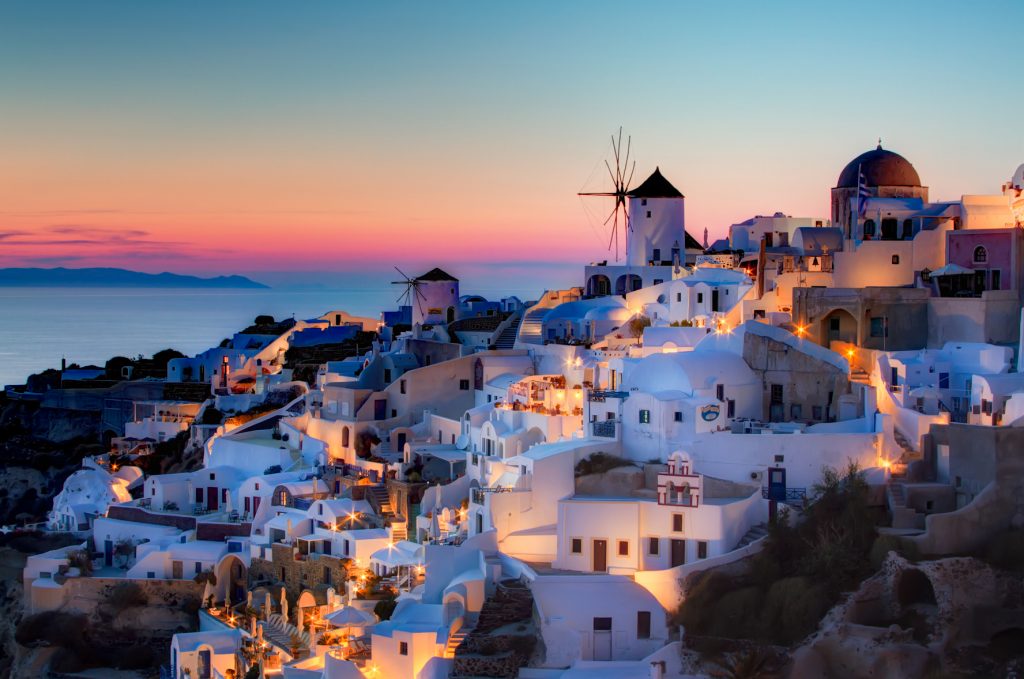
In the Aegean Sea, located between Ios and Anafi islands ,200 km southeast of Athens and 140 km north of Crete
Belong to Cyclades group of islands
Fabulous seascape of Aegean Sea
Submerged volcano
Volcanic/black lava cliffs
The lagoon-like waters
Blue-domed churches
Akrotíri Archaeological Site – The Ancient Minoan town of Akrotiri (“the Pompeii of Greece”)
Ancient name and officially called Thira
Black sand beach of Perissa
Sailing around volcanic sea cliffs
Plateia Theotokopoulou (central square of Fira -capital of island)
Fira and Oia trek – one of the most photographed locations in the world
Pyrgos Kallistis village
Prophet Elias Monastery (highest point)
Boutari Winery ( traditional village of Megalochori)
Red Beach
Sunset in the northern village of Oia
Lively nightspots in Fira
Surfing is possible
Languages: Greek (fluent) ,English /German/ French /Italian (basics)
Better deals: April -May and September-October
MYKONOS, Greece
85.5 km²; Peak season→ July-August
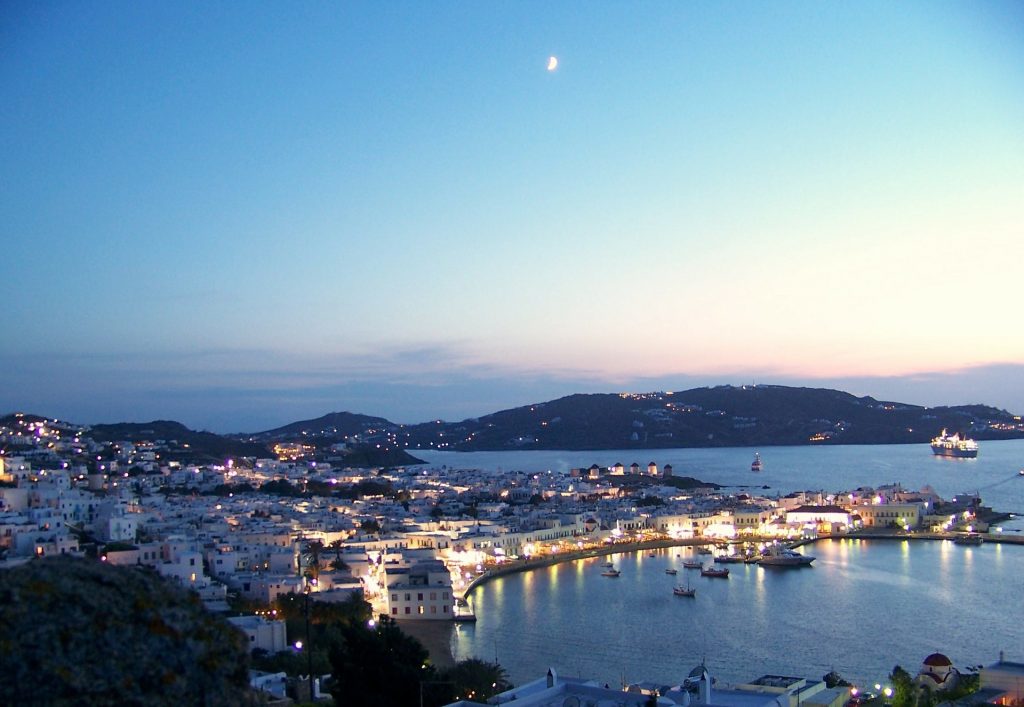
In the southern part of the Aegean Sea, between Paros, Tinos, Syros and Naxos
Belongs to the Cycladic group of islands
Nightlife Island – “Party capital”
Paradise and Super Paradise beaches
Iconic landmarks with 16th-century windmills- “The Island of the Winds”
Massive dance clubs
Honeymoon destination; romantic resorts
Dining culture – Mediterranean cuisine, fresh seafood (kopanisti, spicy cheese, spicy pork, louza)
Many Greek and European restaurants
Ibiza of Greece
Languages: Greek (fluent) ,English /German/ French /Italian (basics)
Good to visit: September -October
PAROS, Greece
196.3 km²; Peak season→ July-August
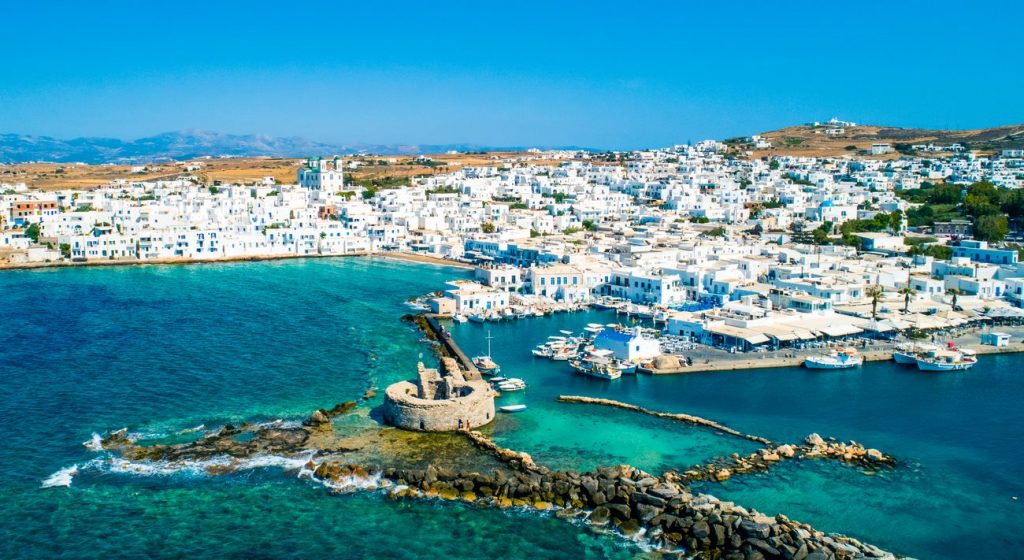
In the centre of Aegean Sea (arm of the Mediterranean Sea, connecting west of Greek peninsula with east of Turkey) ,between the islands of Naxos and Sifnos
Belongs to the Cycladic group of islands
Vivid Nightlife
Naoussa- nightlife centre for all tastes
Windsurfing and other beach activities
Different types of beaches – from sandy to mud beaches
Impressive landscape – 120 km of coastline, verdant mountains and cliff-top villages galore, central Aegean islands ‘
No direct flights from abroad– only domestic flights from Athens or by ferry from Mykonos or Santorini
Less expensive than other Island of Greece
In the past well-known for its white marble
Languages: Greek (fluent) ,English /German/ French /Italian (basics), Slav-Macedonian/Albanian/ Turkish(minorities)
Good to visit: April-May, September-October
MALTA
316 km²; Peak Season→July - August
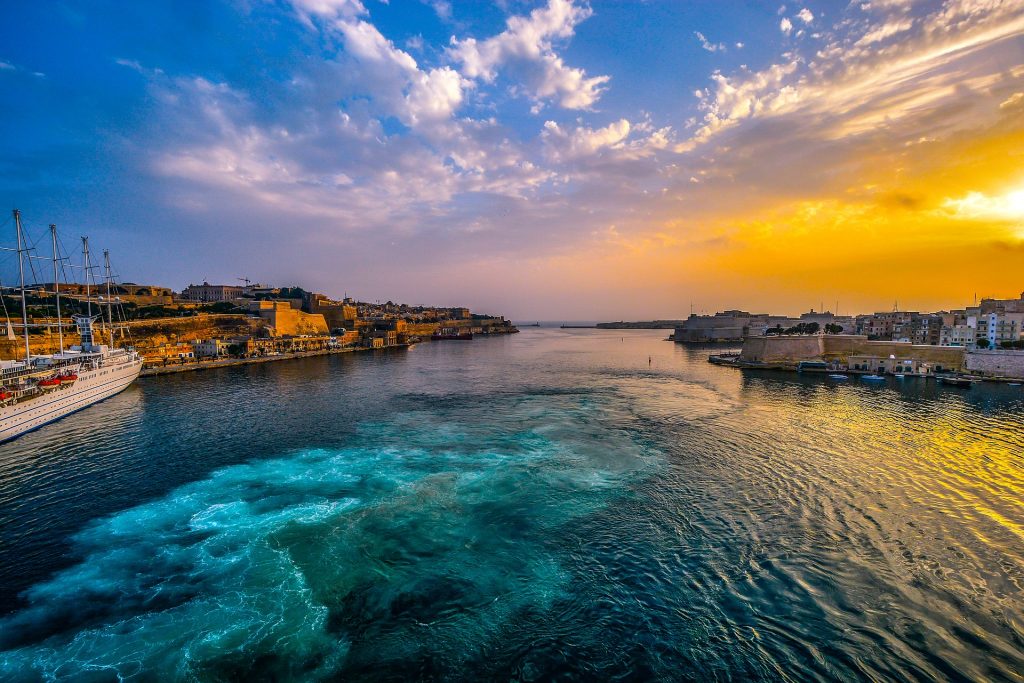
Set of 3 islands (Malta, Gozo, and Comino) in the Mediterranean Sea between south of Sicily and North Africa( east of Tunisia) on the continental platform
Full of architectural sites and ancient buildings
One of the most densely populated countries in the world (Population of 515,000 people on 316 km²)
Valletta is the capital – home of Basilica of Our Lady of Mount Carmel and the Barrakka Gardens
Diving destination – dolphins, sea lions and more marine life
Blue Lagoon beach (West coast of Comino) – vivid marine life
Popular film location
Music Festivals destination
Colourful balconies
Magnificent cliffs and landscapes
Traditional Maltese food – Rabbit Stew, Kapunata, Bragioli Widow’s soup, Lampuki Pie, etc.
UNESCO World Heritage Sites: Ħal Saflieni Hypogeum, Valletta; 7 megalithic temples –the oldest free-standing structures in the world
The British colony in the past, gained independence 1964
Malta Freeport – main maritime transhipment logistic centre (Mediterranean region)
Languages: Maltese and English
Good to visit : April – June
CORFU, Greece
585.3 km²; Peak season→ July - August
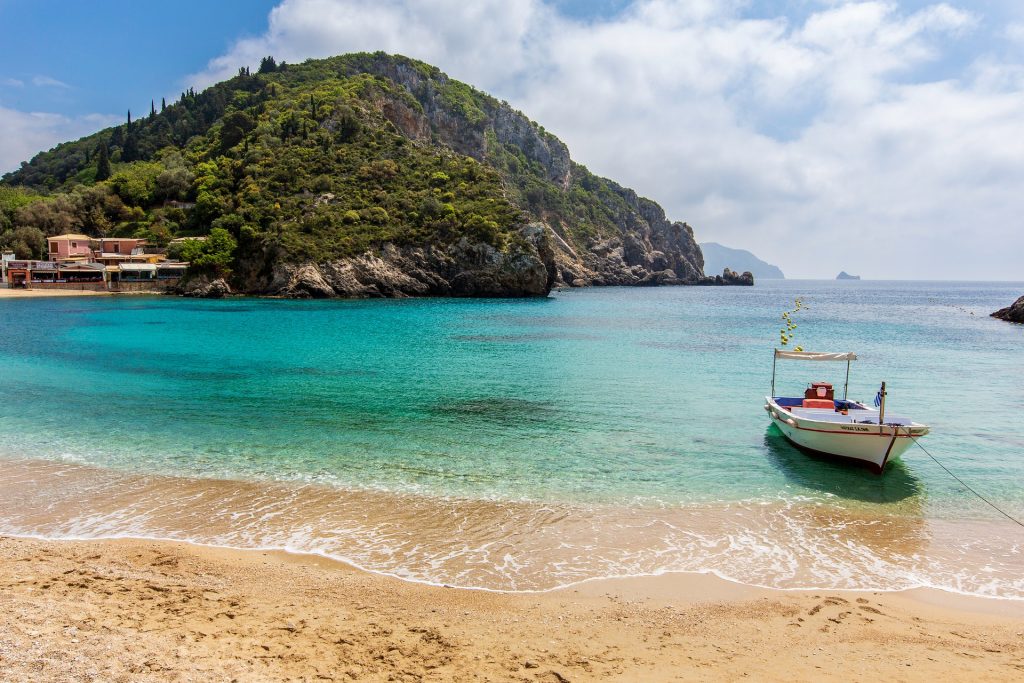
Greece’s northwest coast in the Ionian Sea
2nd largest of the Ionian Islands (after Kefalonia) – 7th biggest island in Greece
Rugged mountains
Could be considered as the greenest Island in Greece
Resort-studded shoreline
Rocky coast
Large number of churches -37
More than 2 million olive trees
Was under Venetian, French and British rule until 1864
Founded the first university of Greece as well as the first modern theater and opera of Greece
Languages: Hellenic/Greek (official) , English (basics),German and Italian (basics)
Good to visit : April – May , September – November
AZORES, Portugal
2,346 km²; Peak Season→ July - August
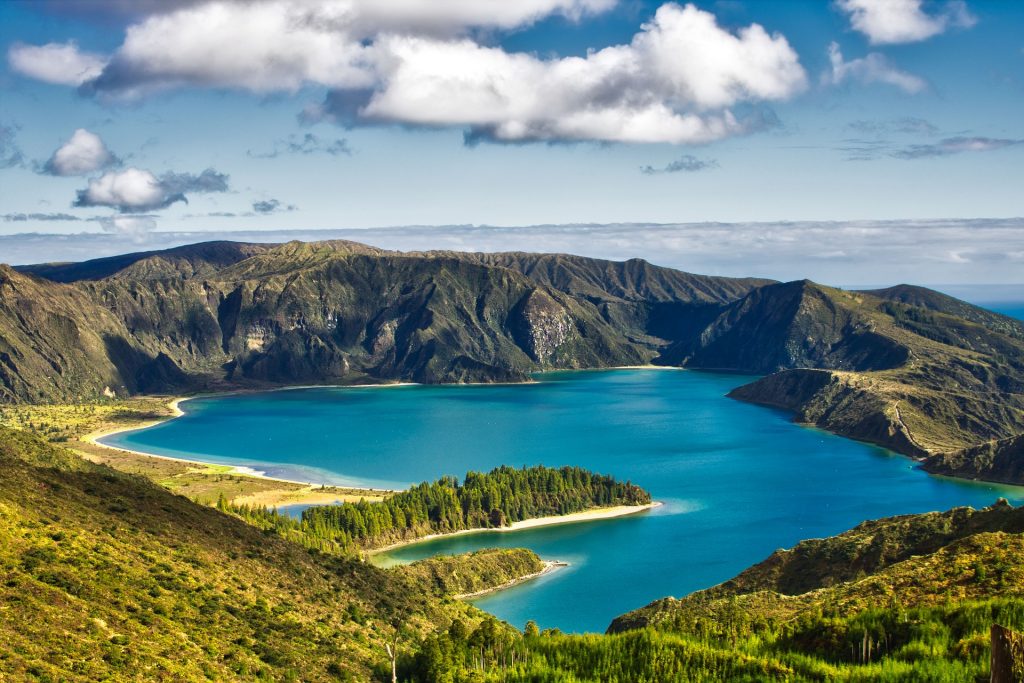
An Oceanic archipelago located in the Macaronesia region of the North Atlantic Ocean
Exceptional landscapes that offer a walk inside the volcanoes
Fishing villages
Snorkeling, diving, surfing
Outdoor activities destination
Whale and dolphin spotting
Tea lovers destination (Gorreana Tea Plantation)
Delicious food cooked using volcanic rock and steam
Cozy hotels
No famous resorts
Rocky and black sand beaches
1,000 miles from mainland Portugal
9 major islands
Sao Miguel is arguably the best Island of Azores for first -time visitors
Restless Volcanic activity
Giant Volcanic Crater – Sete Cidades
Mount Pico is Volcano (highest point of Portugal -2,351 m)
Top tallest mountains on the planet – Mount Pico is 8000 m tall mountain (base is at bottom of the ocean)
Languages: Portuguese (official) , English (basics)
Good to visit: June – August
CREETE, Greece
8,450 km2 ; Peak season→ July - September
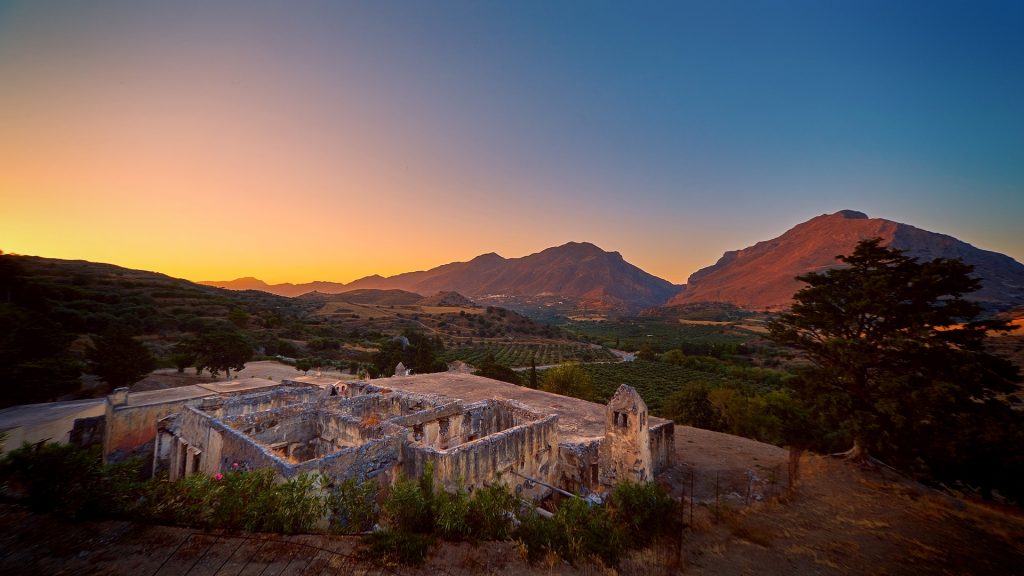
The largest Island of Greece and the 5th in the Mediterranean Sea
Located in southern part of the Aegean Sea
Ancient sites and Heraklion Archaeological Museum – Ideon Cave(birthplace of Zeus), housing Minoan artifacts and The Palace of Knossos, a Bronze Age settlement and many more…
Magnificent beaches – at Elafonisi to the White Mountains
An atmospheric old towns and villages – Chania
Hiking trails at Samaria Gorge
Delicious traditional food
The north coast is more developed – all the major towns and cities on the north coast
Beach of Sougia is the closest part to to Africa’s continent – if you there to notice the light from Africa
Place where Zeus, King of the Greek gods, was born
Island in the eastern Mediterranean Sea
In 1669, the island was under the Ottoman rule until 1897
Languages: Greek (official), Englich (basics)
Good to visit: mid-May – June, September – October
ICELAND
103,000 km²; Peak season→ July - August
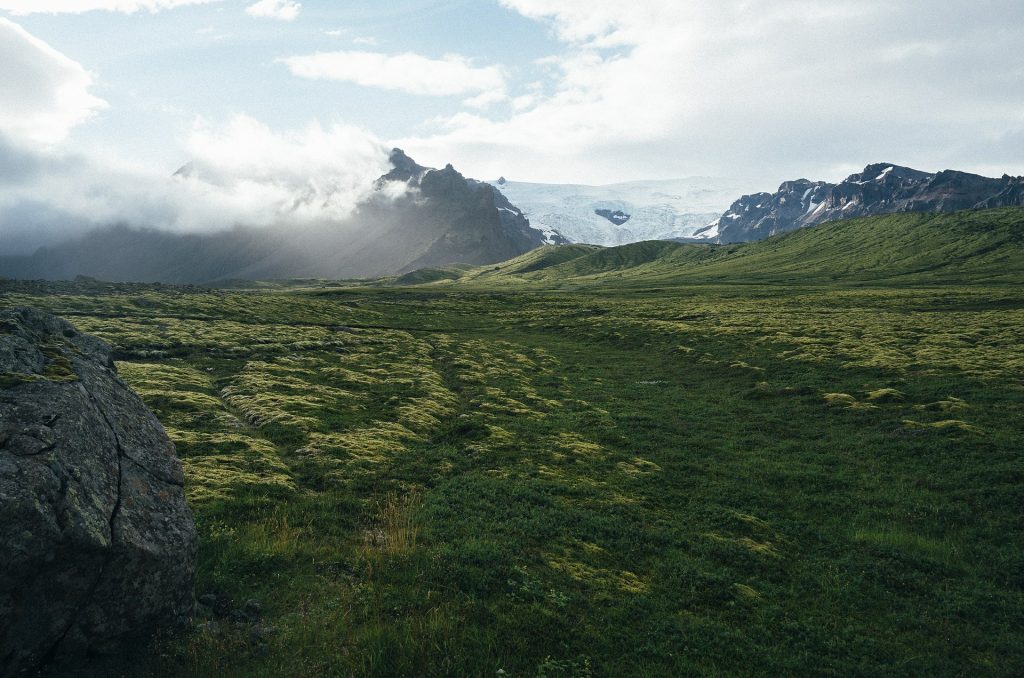
Island country that placed below the Arctic Circle between North America and mainland Europe
Stunning landscape filled with volcanoes, geysers, hot springs and lava fields
“Land of Fire and Ice”
Reykjavík is the capital – halfway between New York and Moscow (its precise location)
Katla, Askja, Krafla, Holuhraun (Brilliant attractions
The Blue Lagoon and Dettifoss Waterfall – Natural wonders
Northern lights -September-October, February-March
National parks
Surfing (summer-winter),Hiking trails – Nautastígur- “the path of the bull”
Norse mythology and rich cultural history
The oldest running parliament in the world- Alþingi (Althing) (930 AD )
No official family names
Lava, snow, Atlantic ocean – symbolise the flag colours
The glacial river Jökulsá á Fjollum
Black sand beaches -lava fragments, ash and other minerals (Reynisfjara beach, Black Lava Pearl Beach)
Rekiyavik- one of the world’s greenest, cleanest and safest cities
Fermented shark or puffin heart as delicacies
English as a second language but some can also speak Danish , Spanish ,French German
Languages: Icelandic (kind of North Germanic language similar to Norwegian and Faroese); English (widely used)
Good to visit: July- August, September -October/February – March
UNITED KINGDOM
242,495 km²; Peak season→ July - August
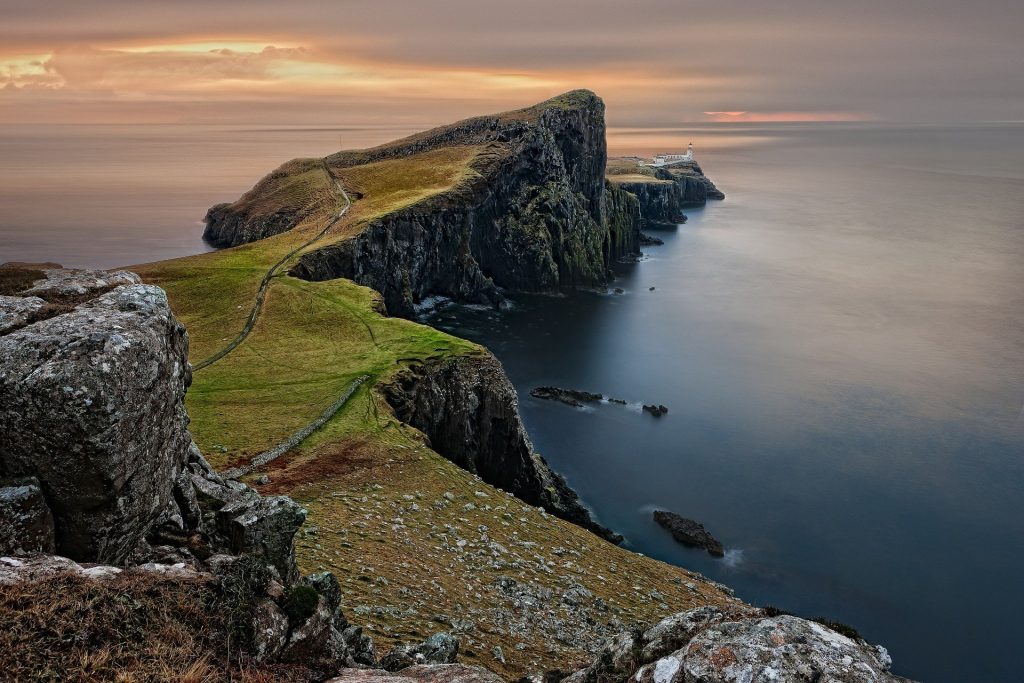
Island nation in Northwestern Europe
Built of England, Scotland, Wales and Northern Ireland
London is the capital
The lush green of countryside
1600 km of coastline and 100 of beaches -Blackpool South Beach ,Barafundle Bay, Compton Bay, Bamburgh Beach, Rhossili Beach…
Neolithic Stonehenge – a prehistoric stone circle monument (built about 5,000 years ago)
32 recognised sites of UNESCO World Heritage in the UK
Bath’s Roman spa
London is the capital and globally influential centre of finance and culture
Globally recognised Universities-Oxford and Cambridge
Highest mountain Scafell Pike – 978 meters above the sea
23 April is a National Day – St George’s day
Part of a constitutional monarchy – The government is led by the Prime minister
The most widely spoken language in the world
Winchester – first capital of England
York was the first English city to become settled permanently by the Danish Vikings (in 867) and the last to remain under Viking rule (until 954)
Windsor Castle – the oldest royal residence that is still in use
Queen Elizabeth II (since 1952)
Premier League football teams
More than 200 all sorts of Festivals (annually)
Spotted Dick, Bangers and Mash, and Toad in the Hole – popular English dishes
Beer, Whiskey, Gin have been produced in UK for hundreds of years
Cheese rolling competition (annually)
Six Dynasties : Normans, Plantagenets (the longest), Tudors, Stuarts, Hanoverians, and Windsors
Aethelstan– king of Wessexand the 1st real king of all England (year 927)
From 1066 till 1362 French was an official language of Englan – its about 300 years
Illegal to die in the House of Commons –primary chamber of the Parliament
To stick a postage stamp upside down for envelope is a criminal offence
Protestant Christianity – the official religion of the UK
Consumption of tea per capita by English people is more than anywhere else in the world
The most common names – David (male) and Susan (female)
Stephen Hawking, Sir Isaac Newton, Charles Darwin – English scientists
Robin Hood was a real person ,different from the movies; Christopher Robin and Winnie the Pooh is based on a real person
Brexit has been voted but to some level is still as a member of EU
NATO member
166 countries that have been part of the British Empire since 1708
Currently 50 independent countries in its membership
Rainy weather(more the North)
Languages: English (Official)
Good to visit: December, January and February – coldest months
GREENLAND, Denmark
2.166 million km²; Peak season→ June - September and February - April
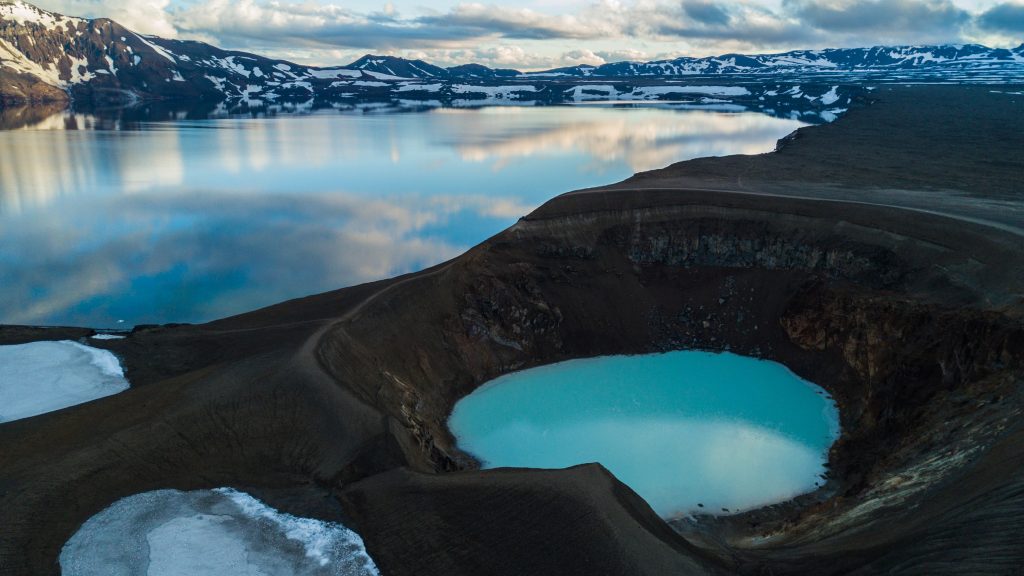
World’s biggest Island
Placed in the North Atlantic Ocean – remote and isolated island
80% covered in ice, snow and glaciers
Vast tundra and huge glaciers- The Sermeq Kujalleq glacier (fastest moving in the world), Ilulissat Icefjord World Heritage site
Midnight sun (Summer treat – mid-May and late July)
Northern Lights/ Aurora Borealis (Winter treat – end of September – March / April)
Large towns -Nuuk, Sisimiut, Ilulissat and Qaqortoq
Tourism is relatively a new thing
Greenland cruise tour
Helicopter rides over the glaciers
Sailing tours through icebergs, Iceberg watching, ice cap treks and climbing ,sea kayaking through glacial lagoons, skiing trips and dog sledding tours (winter treats ), fishing
Norse ruins hiking trail
Wildlife spotting – humpbacks, minke, narwhals and beluga whales (Until September),musk oxen, walruses, reindeer, sea eagles and polar bears
Ilulissat Icefjord World Heritage site
Number of hot springs – between 37° C/98-100°F
The Ice Golf World Championships in Uummannaq – mid-March
Adventure seekers destination
The Arctic nation with an arctic climate with average temperatures of 10° C/50°F
Grønland in Danish
Population of 56,000 (17,000 in capital Nuuk)
The primary sources of income for inhabitants is – fishing and grants from Denmark
Constitutional monarchy with – the nominal head of the state is the Danish Queen
Considered to be part of the North American continent
More than 2.5 million years ago the island was apparently green ,based on scientific data
Viking History
Danish is an official language till 2009 – Greenlandic an official language since then
Danish krone is the currency
More than 10 billion tons of ice a year the northeast Greenland has lost since 2003 (Nature Climate Change study)
Languages: Greenlandic/Kalaallisut and Danish/ Scandinavi (official); English (widely used)
Good to visit: June – September (summer), September – April (winter)




